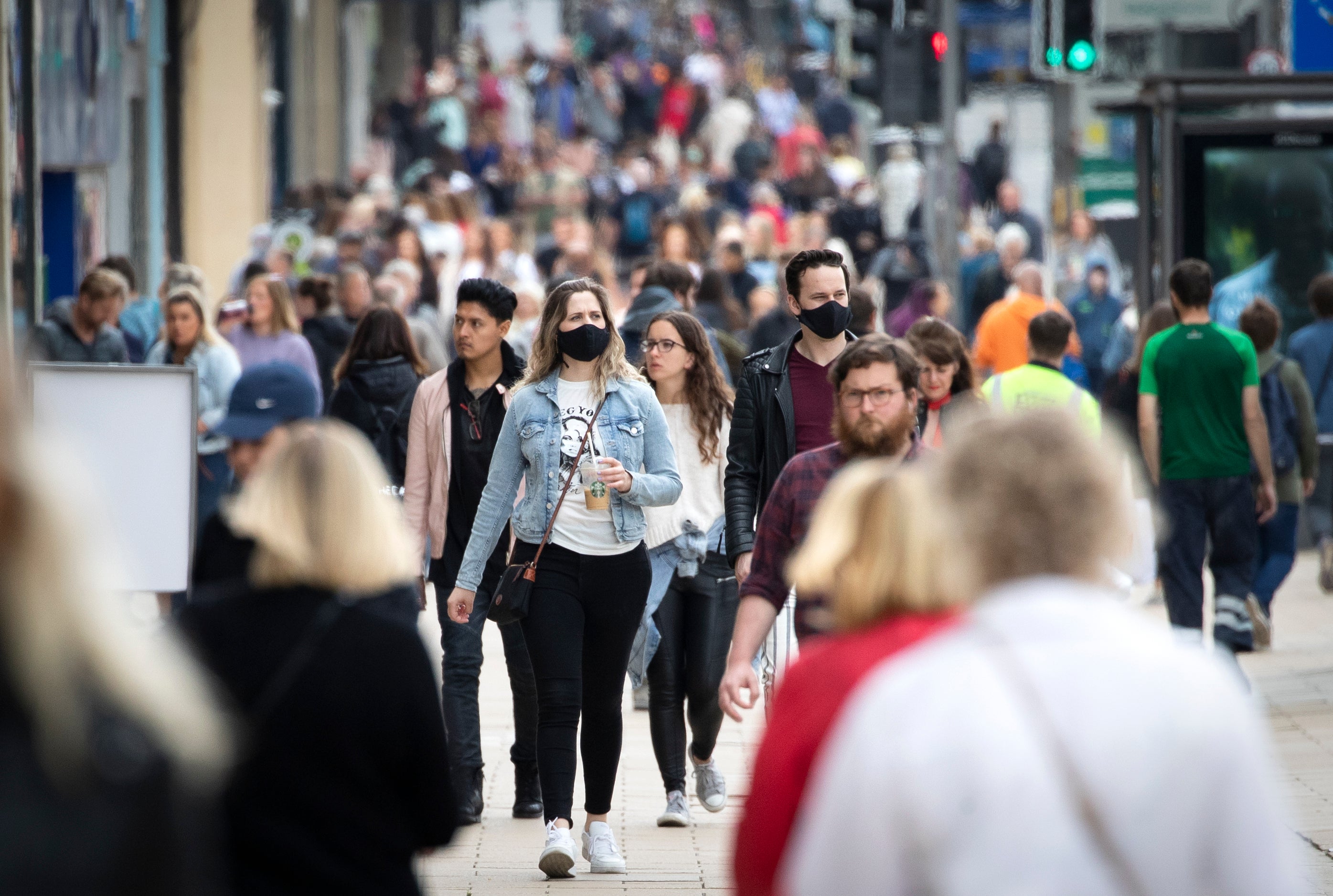Scotland’s population forecast to fall after peaking in 2028
National Records of Scotland projects that 5.39 million people will be living in Scotland by 2045.

Your support helps us to tell the story
From reproductive rights to climate change to Big Tech, The Independent is on the ground when the story is developing. Whether it's investigating the financials of Elon Musk's pro-Trump PAC or producing our latest documentary, 'The A Word', which shines a light on the American women fighting for reproductive rights, we know how important it is to parse out the facts from the messaging.
At such a critical moment in US history, we need reporters on the ground. Your donation allows us to keep sending journalists to speak to both sides of the story.
The Independent is trusted by Americans across the entire political spectrum. And unlike many other quality news outlets, we choose not to lock Americans out of our reporting and analysis with paywalls. We believe quality journalism should be available to everyone, paid for by those who can afford it.
Your support makes all the difference.Scotland’s population will fall after reaching a peak in 2028 if current trends continue, according to new research.
National Records of Scotland (NRS) projects the population will rise slightly to 5.48 million in 2028 before falling to 5.39 million by 2045.
Currently, 5.47 million people live in Scotland.
If past trends in births, deaths and migration continue, then by 2045 there will be 200,000 fewer children (a fall of 22%) and 300,000 more people over 65 (an increase of 30%).
If the projections from NRS are realised, Scotland’s population will fall by 1.5% over the next 25 years, whilst the UK population will grow 5.8%.
NRS head of population and migration statistics Esther Roughsedge said: “Birth rates have been falling steadily for a number of years.
“Lower birth rates are the main reason these projections are lower than previous ones.
“Life expectancy has stalled since 2012-2014 and Covid-19 has had some impact.
“But most of the projected change is due to longer-terms trends showing more deaths than births each year.
“As has been the case since mid-2001, more people are projected to move to Scotland than leave each year, but beyond 2028 this will no longer offset the gap between births and deaths.
“This is the main reason for these figures showing Scotland’s population peaking in the next decade before falling.
“Projections look at what will happen if current and recent trends continue into the future.
“These statistics are a useful guide for those involved in planning services for the future.
“A fall in the number of children and increases in the number of older people will change the pattern of demand for services like schools, health and social care.”
The NRS report is based on data from the Office for National Statistics.